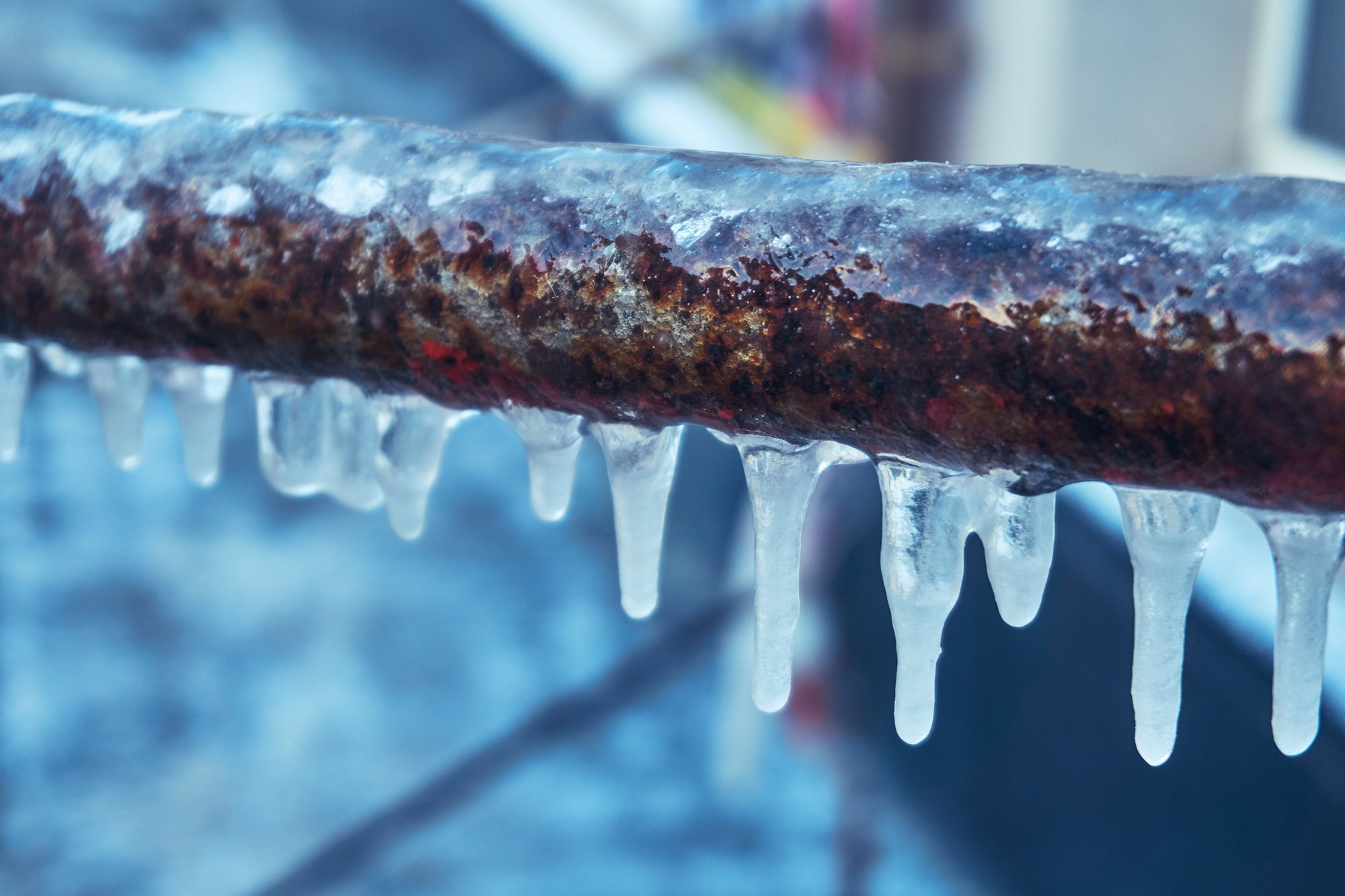Shielding Your Pipes from Freezing Issues: Key Approaches
Shielding Your Pipes from Freezing Issues: Key Approaches
Blog Article
Everybody is bound to have their private rationale involving How to prepare your home plumbing for winter weather.

Cold weather can wreak havoc on your pipes, particularly by freezing pipes. Right here's exactly how to prevent it from happening and what to do if it does.
Introduction
As temperature levels decline, the threat of icy pipes increases, possibly bring about pricey repair services and water damage. Understanding just how to avoid frozen pipelines is vital for house owners in cold climates.
Avoidance Tips
Protecting vulnerable pipelines
Wrap pipelines in insulation sleeves or use warmth tape to secure them from freezing temperature levels. Focus on pipelines in unheated or outside locations of the home.
Heating methods
Maintain interior areas properly warmed, especially areas with pipes. Open up closet doors to allow warm air to distribute around pipelines under sinks.
Just how to identify frozen pipes
Search for reduced water circulation from taps, uncommon smells or sounds from pipelines, and noticeable frost on revealed pipelines.
Long-Term Solutions
Architectural changes
Take into consideration rerouting pipelines far from exterior walls or unheated areas. Add added insulation to attic rooms, basements, and crawl spaces.
Upgrading insulation
Purchase high-quality insulation for pipes, attics, and walls. Appropriate insulation assists keep regular temperature levels and reduces the risk of frozen pipes.
Protecting Outdoor Plumbing
Garden hoses and outdoor taps
Separate and drain pipes yard pipes before winter season. Install frost-proof spigots or cover exterior taps with protected caps.
Comprehending Frozen Pipelines
What triggers pipes to ice up?
Pipelines freeze when revealed to temperature levels listed below 32 ° F (0 ° C) for expanded durations. As water inside the pipes ices up, it expands, taxing the pipeline walls and potentially causing them to rupture.
Threats and problems
Icy pipes can result in water supply disruptions, residential or commercial property damage, and pricey repair work. Burst pipes can flood homes and trigger extensive structural damages.
Indicators of Frozen Pipeline
Determining icy pipelines early can stop them from bursting.
What to Do If Your Pipelines Freeze
Immediate actions to take
If you think frozen pipes, keep taps open to relieve pressure as the ice thaws. Make use of a hairdryer or towels soaked in warm water to thaw pipelines gradually.
Conclusion
Stopping icy pipelines needs aggressive steps and fast feedbacks. By understanding the causes, indicators, and safety nets, homeowners can protect their pipes throughout cold weather.
6 Proven Ways to Prevent Frozen Pipes and Protect Your Home
Disconnect and Drain Garden Hoses
Before winter arrives, start by disconnecting your garden hoses and draining any remaining water. Close the shut-off valves that supply outdoor hose bibs and leave the outdoor faucet open to allow any residual water to drain. For extra protection, consider using faucet covers throughout the colder months. It’s also important to drain water from any sprinkler supply lines following the manufacturer’s directions.
Insulate Exposed Pipes
Insulating your pipes is an effective way to prevent freezing. Pipe insulation is readily available at home improvement stores and is relatively inexpensive. Pay close attention to pipes in unheated areas such as the attic, basement, crawl spaces, or garage. Apply foam insulation generously to create a buffer against the cold. You can also wrap your pipes in heat tape or thermostat-controlled heat cables for added warmth.
Seal Air Leaks
Inspect your home for any cracks or openings that could let in cold air. Seal any holes around the piping in interior or exterior walls, as well as the sill plates where your home rests on its foundation. Additionally, make sure to keep your garage door closed unless you’re entering or exiting. Leaving it open creates a significant air leak that can lead to frozen pipes.
Allow Warm Air Circulation
During cold snaps, it’s essential to allow warm air to circulate evenly throughout your home. Leave interior doors ajar to promote better airflow. Open kitchen and bathroom cabinets to help distribute heat consistently around the rooms. If you have small children or pets, be sure to remove any household chemicals or potentially harmful cleaners from open cabinets for safety.
Let Faucets Drip
A small trickle of water can make a big difference in preventing ice formation inside your pipes. When temperatures drop significantly, start a drip of water from all faucets served by exposed pipes. This continuous flow helps prevent the water from freezing. Additionally, running a few faucets slightly can relieve pressure inside the pipes, reducing the chances of a rupture if the water inside does freeze.
https://choateshvac.com/6-proven-ways-to-prevent-frozen-pipes-and-protect-your-home/

Hopefully you enjoyed our excerpt about How To Avoid Freezing Pipes. Many thanks for taking a few minutes to browse our blog. If you enjoyed our blog entry please be sure to share it. I enjoy reading our article about Prevent Frozen Pipes .
Order Repair Report this page